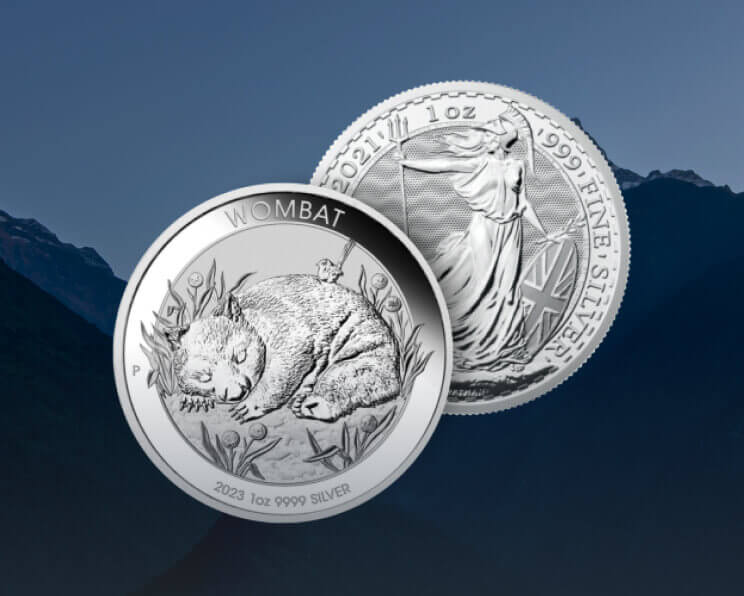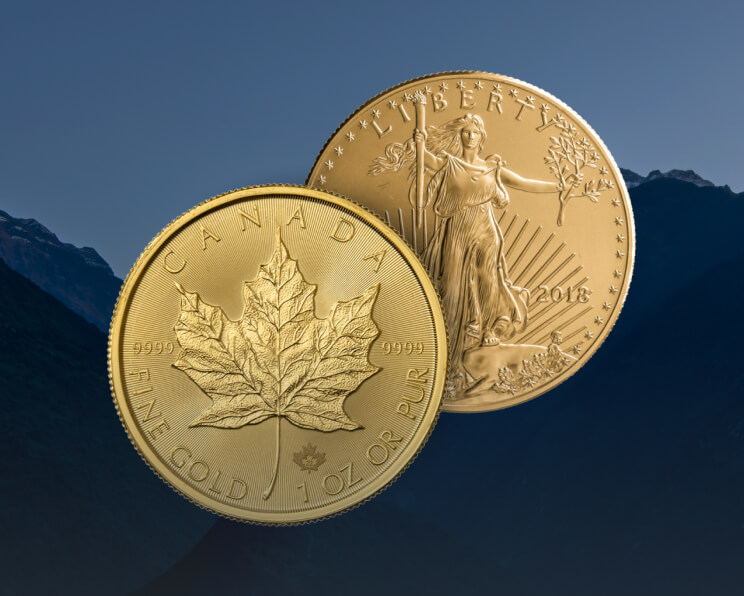
Buying gold bars is possible in various weights from 1 gram ascending to 1 kilogram. The larger the gold bar is, the lower the relative production costs are. This makes a larger gold bar more interesting because the price per gram is then lower. After all, it costs more money to produce 10 individual gold bars of 5 grams each, than a single gold bar of 50 grams.
In addition to the consideration based on the price per gram, it is wise to consider flexibility. If you buy a single gold bar, then in the future you can also only sell that gold bar in its entirety and not sell part of it. After all, with a large gold bar, it is not possible to cut or saw off a piece of gold from the bar.
For this reason, the most common sizes of gold bars are 1 troy ounce (31.103 grams), 50 grams and 100 grams. Worldwide, the 1 troy ounce size is common and many gold investment coins are also minted in this weight. In Europe, gold bars of 50 grams and 100 grams are especially popular. With larger budgets, larger gold bars come into the picture up to 1 kilogram. The 1 kilogram size is the most suitable for buying gold at a low premium: this way you can buy gold for only 1% above the gold price.
If you want to buy gold in small denominations without paying high production costs then gold combibars are an interesting option. The gold combibar is struck in a grid just like a chocolate bar making it possible to break up the gold into pieces of 1 gram of gold. Unlike individual 1 gram gold bars, the production process of a gold combibar is simple. This innovative solution makes it possible to buy small sizes of gold bars without having to deal with high production costs.




 Knowledge center
Knowledge center

 By
By
